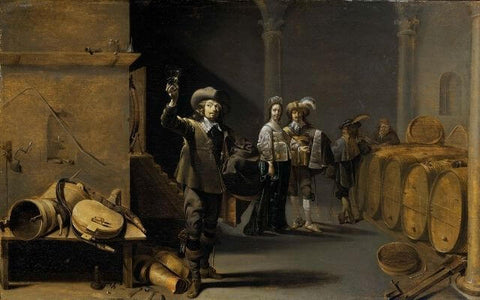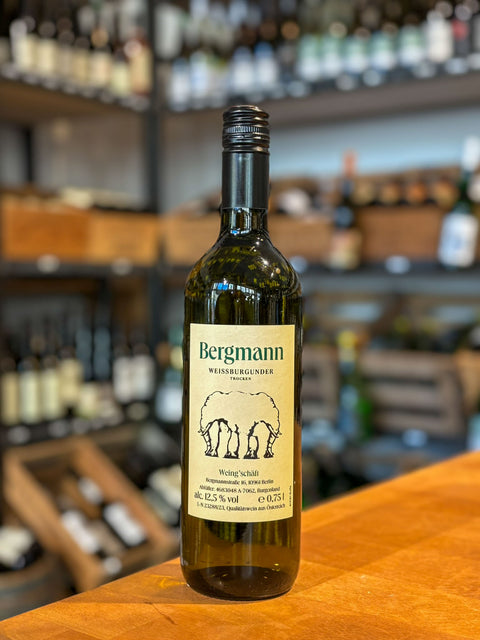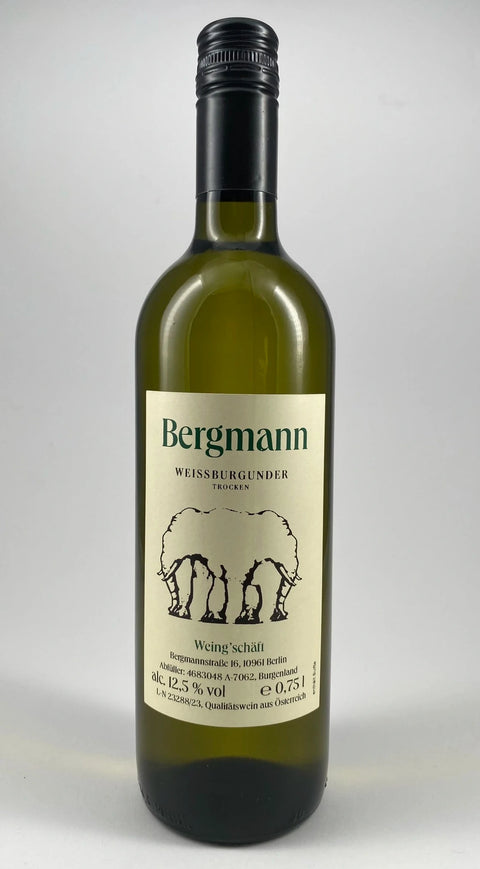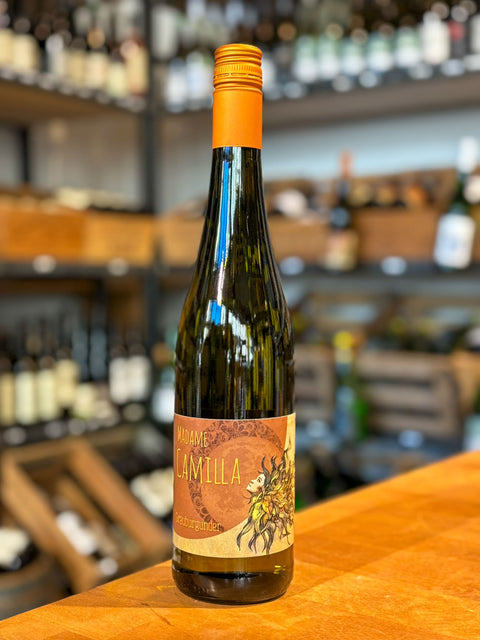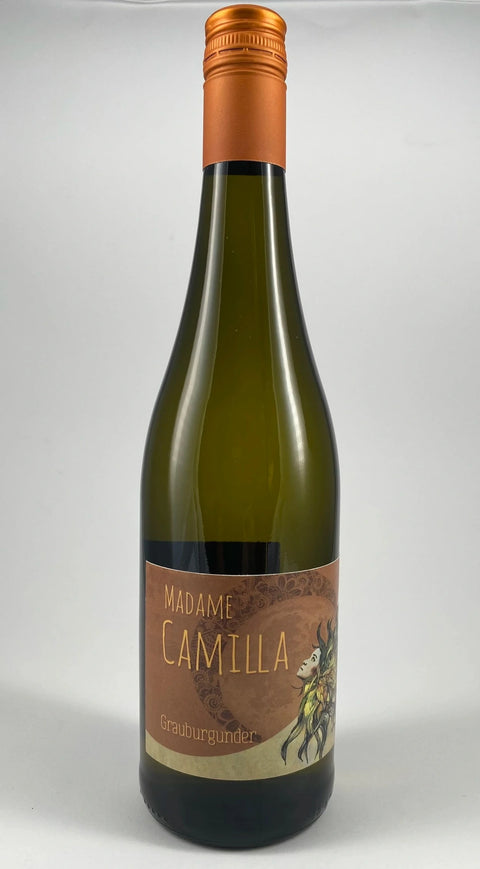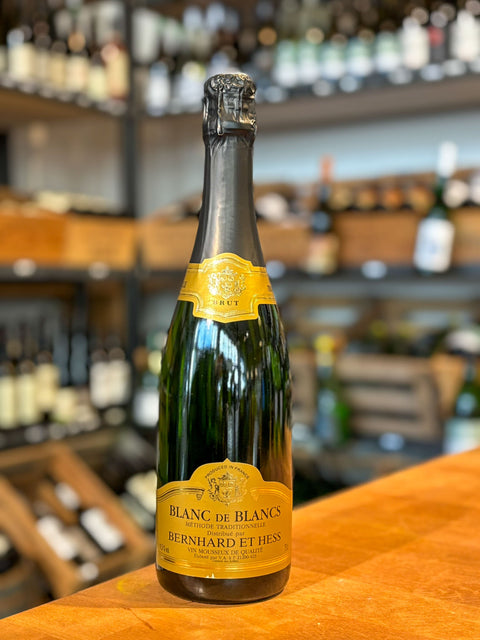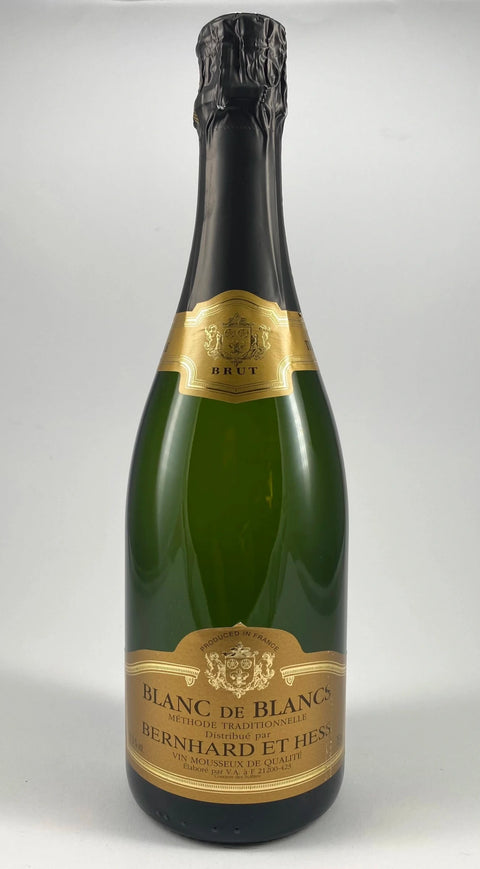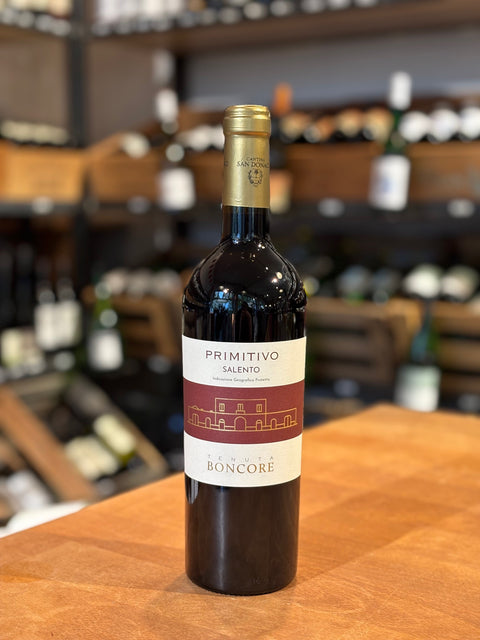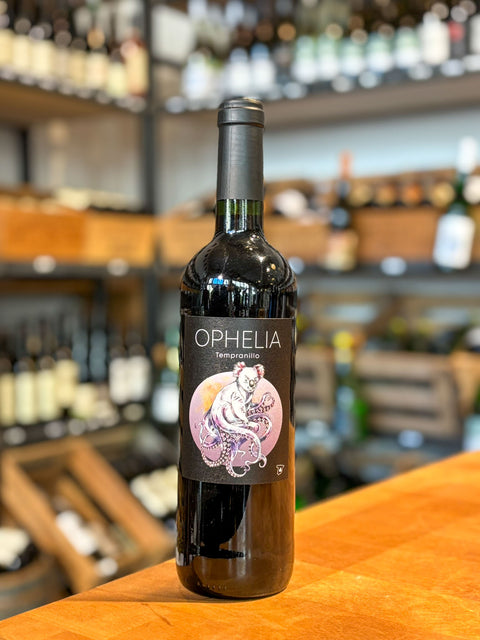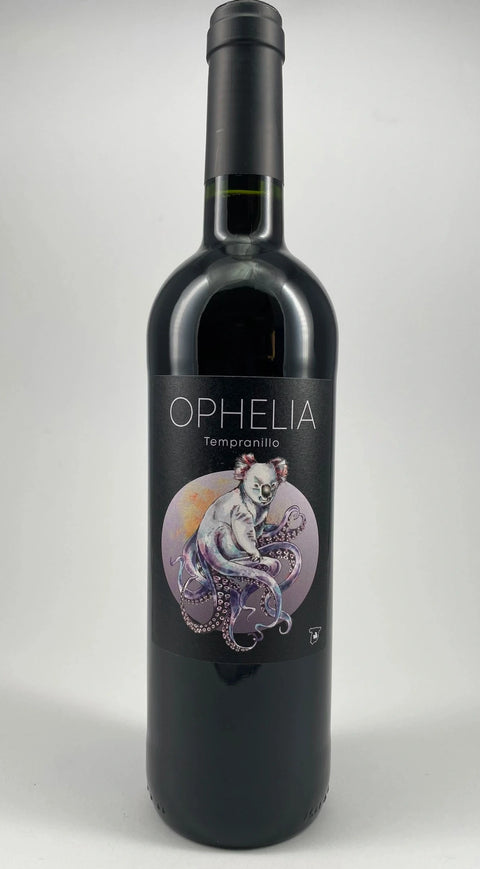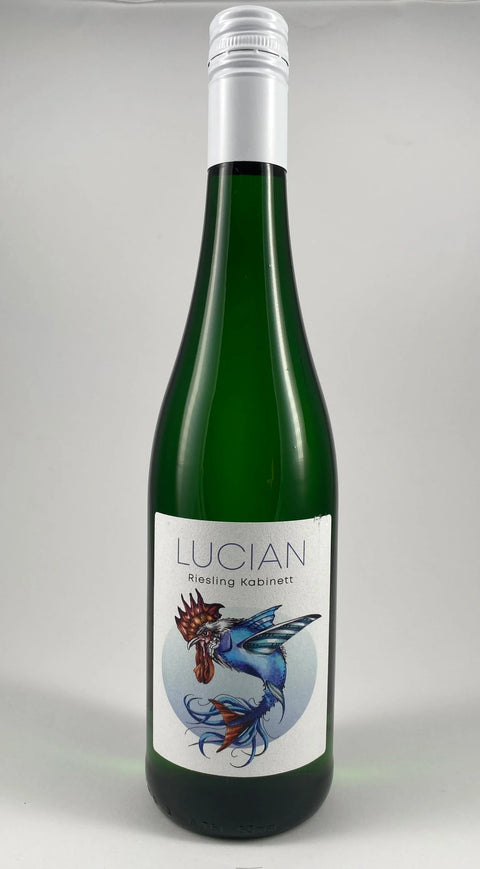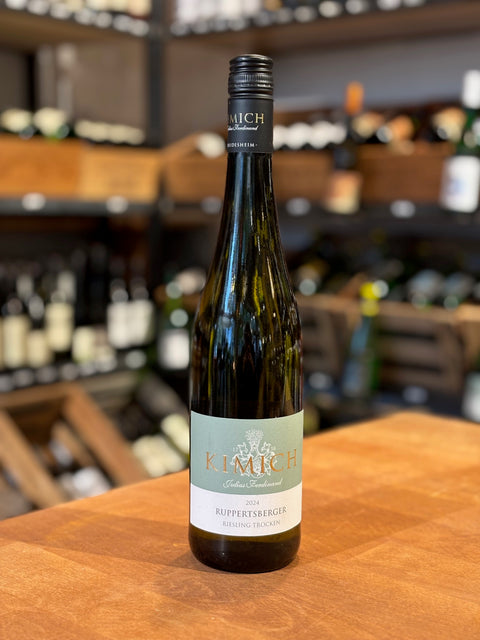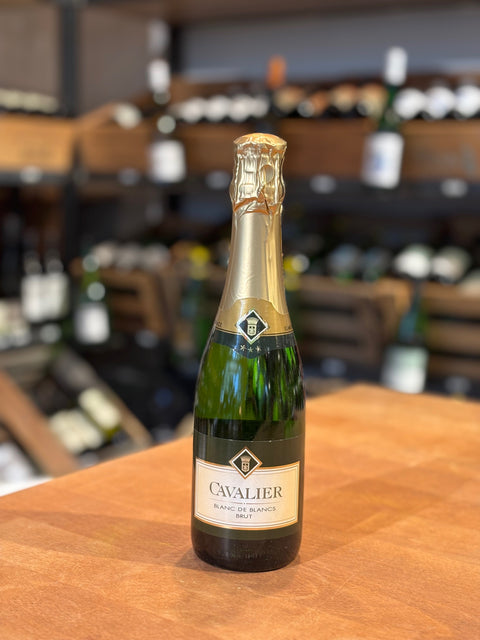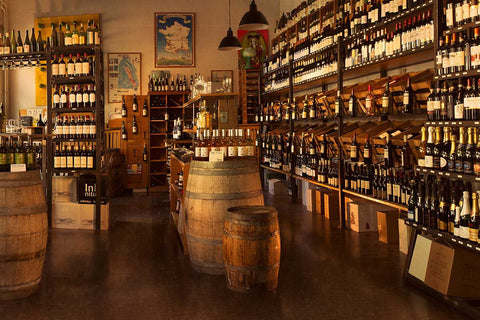Many people have probably already asked themselves this question and listened respectfully to the extensive explanations of some experts or self-proclaimed wine popes, and perhaps resignedly concluded that they will never be able to understand this complex matter for themselves.
To reassure everyone, we'd like to point out that knowing everything about such a diverse subject as wine is also an impossibility. Furthermore, every taste is subject to subjectivity, and there can be no universally valid criterion.
It is simply your own taste that counts, what else?
And everyone always has their decisive criteria of perception with them, which in technical terms are the instruments of the organoleptic testing of the matter of wine, or more simply put:
Eye, nose and mouth, with which one is able to judge the taste, smell and, perhaps less importantly, the color of a wine.
Wine contains alcohol, acid, sugar, extract and, in red wines, tannin.
These factors are crucial to the taste of the wine. Those who pay attention to these factors will quickly be able to form their own judgment about a particular wine, without having to be familiar with the terminology used by wine connoisseurs.
You can perceive the wine as sweet, sour, thin, flat, fruity, etc. and if you know how the individual components work together, you can also form your own opinion about the wine you are drinking.

The eye
First, take a glass and look at its optical properties.
Is the wine clear? Is it golden yellow, or does it have greenish reflections, which could indicate its age and consistency?
In white wines, for example, a strong golden yellow and slightly amber reflections indicate that the wine has reached a great age, or in the case of brown tones, that it is already becoming firn (too much oxygen in the aging process).
Greenish reflections tend to predominate in young wines. Unlike red wine, a faint color is not considered a defect, as the color also depends on regional differences and the different grape varieties.
In red wines, a strong violet color gives us an indication of the wine's youthfulness and aging potential, while a reddish-brown, brick-red wine color can give us information about its advanced age.
The edges of the wine in the glass then become visibly lighter and have orange reflections.

The nose
Is the most sensitive and perhaps the most important organ for assessing wine.
It is capable of detecting any off-odors and defects such as cork, vinegar taint, and improper fermentation. A wine with an off-odor will no longer reveal itself in the mouth.
The smell of a wine alone can give an idea of how it will later develop in the mouth.
A clean, aromatic scent can conjure up a whole landscape of smells, reminiscent of a variety of floral scents, roasted aromas, spices, etc.
Perception is diverse and varies from person to person.
The secret of holiday wines is that all the aromas of the landscape can also be found in the wine of the respective region and bring back to our memories the relaxation and serenity of those days.

In the mouth
This is where the truth is ultimately discovered, where the components mentioned at the beginning, such as alcohol, sugar, acid and extract, and also tannin, come into play.
All of these components are present in every wine and ultimately shape its taste.
A wine without acidity would be bland and empty. Acidity, which serves as a flavor carrier, adds freshness and vibrancy to the wine. Alcohol and sugar enhance flavor, but this can only be realized if the wine also contains extracts.
Acid occurs in wine in various food chemical compositions, mainly as malic acid, tartaric acid and the mild lactic acid, which is formed from the harsh malic acid during storage in white wine or malolactic fermentation (bacterial fermentation) in red wine.
A high concentration of malic acid, which has a green tinge, can make the wine appear sharp and sharp. You might be reminded of biting into an unripe apple.
Tartaric acid, as the name suggests, is found only in grapes and provides the wine's liveliness and effervescence. A little malic acid adds a tart and fresh note.
However, malic acid has no place in most red wines, and is converted into the milder lactic acid by lactic acid bacteria during malolactic fermentation. A cheese rind aroma/bouquet can often be detected.
Tannin is the flavor carrier in red wine, which also allows for long-term aging. It's a phenolic compound that can give the wine a distinctive flavor.
A wine can have hard, harsh tannins, or silky, smooth ones that can make drinking a slightly younger wine a pleasure.
Alcohol and a certain amount of residual sugar can give the wine power and fullness, but this must be in a balanced ratio.
For example, if the wine has too little acidity and extract, it can appear clumsy and heavy to us.
If everything fits together in balance, one speaks of lively, racy acidity, strong or subtle fruitiness, volume and fullness or even cheerful, uncomplicated lightness and, in the case of red wine, of well-integrated tannins, fruit and body or delicate fruit aromas, one can use this idea in a good specialist shop, with expertise and advice, to choose the wine for the appropriate occasion, or the appropriate meal.
Is it all too much? That's where we come in!
We, the wine shop, will make every effort to advise you and meet your wishes, so that the right wine for your special occasion will be a true pleasure.
Be it a simple, uncomplicated red or white wine for a barbecue, a special wine for a festive meal, or a great wine for a special occasion. We leave the practical sensory evaluation of 97 or 98 Parker points to those chosen by the wine god Bacchus, and we surrender ourselves to the simplicity and straightforwardness of our joie de vivre and enjoyment.
Frequently Asked Questions
What do you call a wine connoisseur?
A wine connoisseur is also called a sommelier or connoisseur.
What does a sommelier do?
A sommelier advises customers in wine shops or restaurants. When providing advice, it's important to be able to cater to the customer's taste preferences, as well as to know which wine pairs well with certain dishes.

